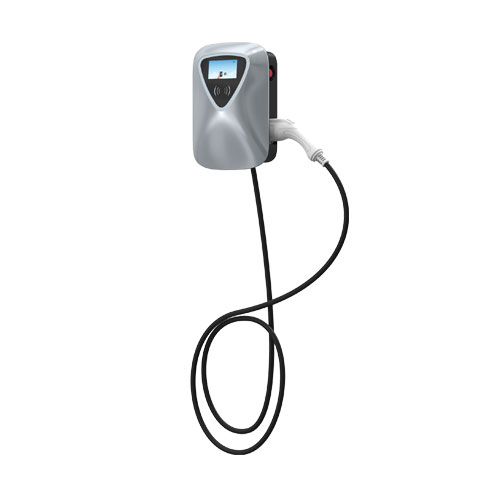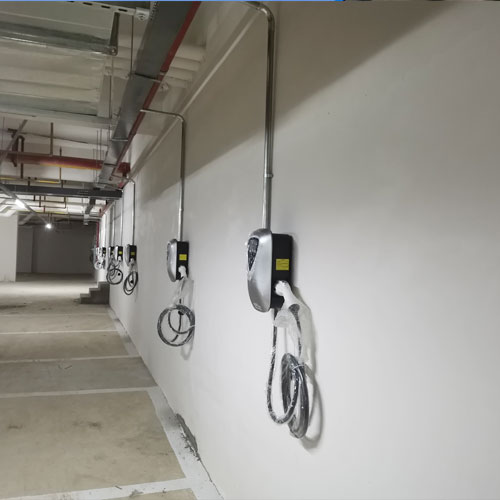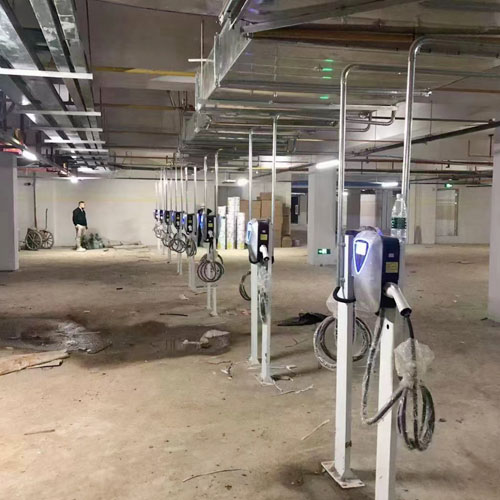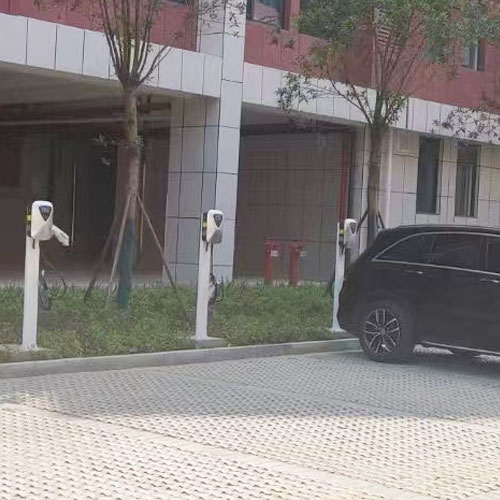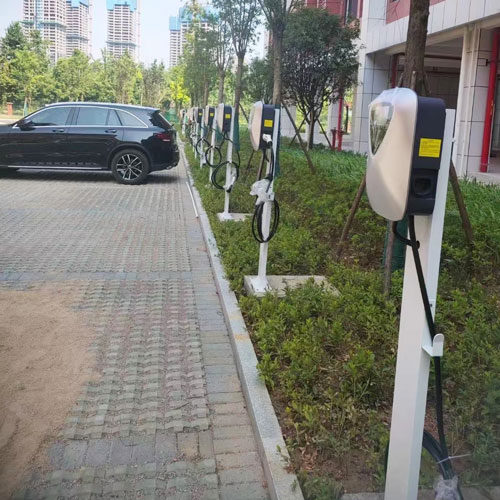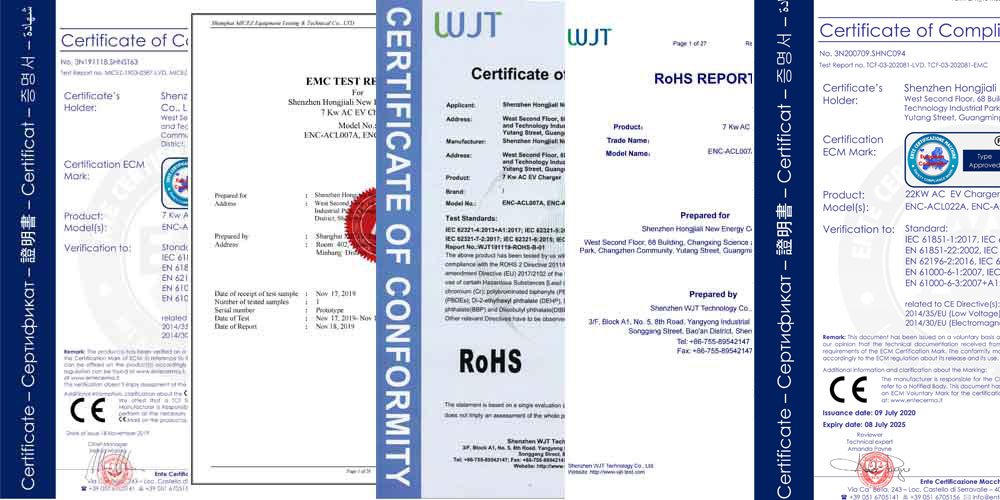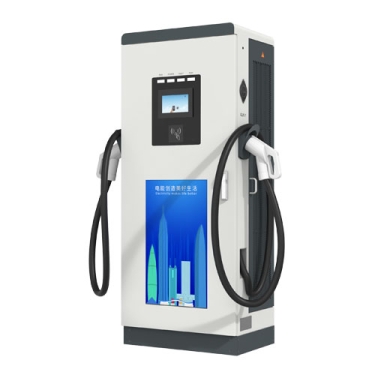Level 2 EV Home Chargers are the fastest, highest performing home EV chargers on the market today. 7KW smart AC charger 32A - 7KW fast charging per hour, easy to operate, charge immediately, swipe the card to start charging/scan the APP code to charge, can be used at home or commercially.
Having a home charger for electric vehicles can greatly shorten the charging time of electric vehicles and relieve anxiety about electricity consumption.
The household electric vehicle charger complies with the IP55 protection level and can meet the needs of most installation environments. It can be effectively waterproof and dustproof whether installed indoors or outdoors. It has ten important electrical protections, including short circuit protection, lightning protection, leakage protection, overvoltage protection, overcurrent protection, undervoltage protection, overheating protection, grounding protection, emergency stop protection, and rain protection, to make your electric vehicle charging process smoother. More peace of mind.
Level 2 home ev charger 7KW smart AC charger product parameters introduction:
Parameters | Requirements | |
General Requirements | ||
EV Charger Type | AC | |
Charger Capacity | 7KW | |
Equipment size | L258*W165*H378(mm)/L324*W199*H1461(mm) | |
Product Model NO. | ENC-ACB/L007A-S | ANSI-ACB/L007A-S |
Mounting | Wall-Mounted/Column Type | |
Input Requirements | ||
AC Supply System | Single-Phase, 3 Wire AC system | |
Nominal Input Voltage | AC220V±15%(ENC) | AC240V±15%(ANSI) |
Input Frequency | 50±3Hz | |
Environmental Requirements | ||
Ambient Temperature Range | -25 to 55°C | |
Ambient Humidity | 5 to 95% | |
Storage Temperature | -40 to 70°C | |
Mechanical Requirements | ||
IP Ratings | IP 55 | |
Cooling | Natural Cooling | |
Output Requirements | ||
Number of Outputs | 1 | |
Type of Each Output | AC220V±15%(ENC) | AC240V±15%(ANSI) |
Single Output Max.Current | 32 Amp | |
User Interface & Display Requirements | ||
Display & Touch-Screen Size | 4.3 Inches Screen | |
User Authentication | QR Code/RFID Card /Password Login | |
Metering Information | Consumption Units | |
Communication Requirements | ||
Communication between EVSE and Central server | OCPP 1.6J Protocol (Optional) | |
Interface between Charger and CMS | Ethernet | |
Protection & Safety Requirements | ||
Executive Standard | IEC 62196 2017, IEC 61851 2017, SAE J1772, etc. | |
Safety Parameters | Over Current, Over Voltage, Under Voltage, Residual Current, Surge Protection, Leakage Protection, Short Circuit, Over Temperature, etc. | |
